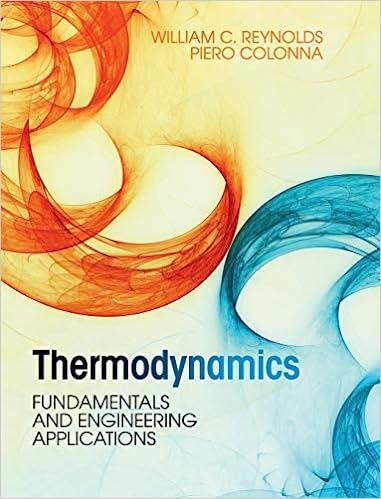Question
Uranium oxide (UO2), where uranium is nominally in the U4+ oxidation state, possesses the fluorite crystal structure. However, because U can take a wide range
Uranium oxide (UO2), where uranium is nominally in the U4+ oxidation state, possesses the fluorite crystal structure. However, because U can take a wide range of oxidation states, UO2 tends to also possess a wide range of non-stoichiometric compositions, especially when exposed to reducing and/or oxidizing conditions. In these cases, some of the U4+ ions become U3+ (reduction) and U5+ (oxidation), respectively. With this in mind:
(a) [0.5] Give the Kroger-Vink notations for the cation substitution defects that can form for the U3+ and U5+ impurities within the non-stoichiometric compound.
(b) For each of the two defect types in part (a), give the Kroger-Vink notation for possible charge compensating defects that would provide charge neutrality in the material?
(c) Finally, for each of the two types of non-stoichiometric compounds - that is, the solid solutions that result from reduction (U4+ to U3+) and oxidation (U4+ to U5-) - which of the possible charge compensation mechanisms you indicated in part (b) is more likely to occur, and why? Consider the UO2 crystal structure and the following ionic radii and try to be quantitatively specific in your answer:
U3+ 1.17 U4+ 1.03 U5+ 0.90 O2- 1.26
Step by Step Solution
There are 3 Steps involved in it
Step: 1

Get Instant Access to Expert-Tailored Solutions
See step-by-step solutions with expert insights and AI powered tools for academic success
Step: 2

Step: 3

Ace Your Homework with AI
Get the answers you need in no time with our AI-driven, step-by-step assistance
Get Started


